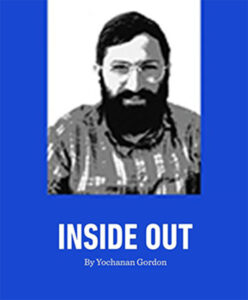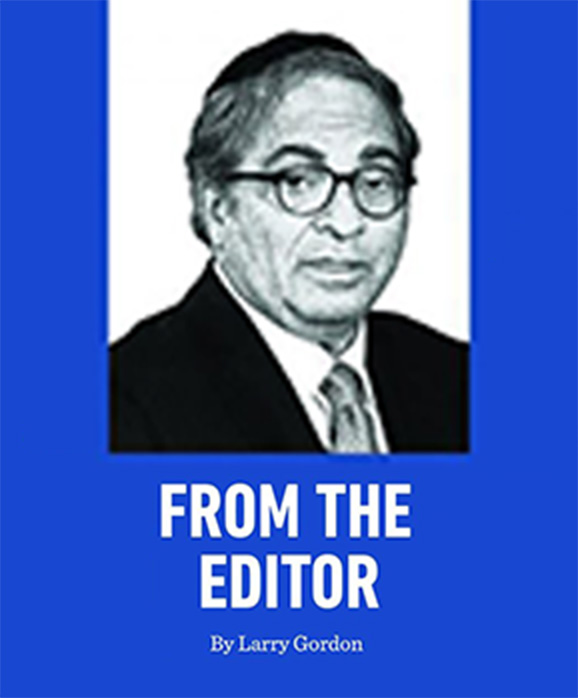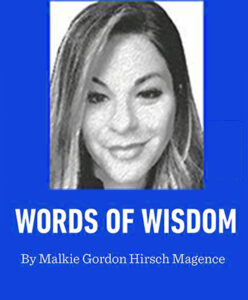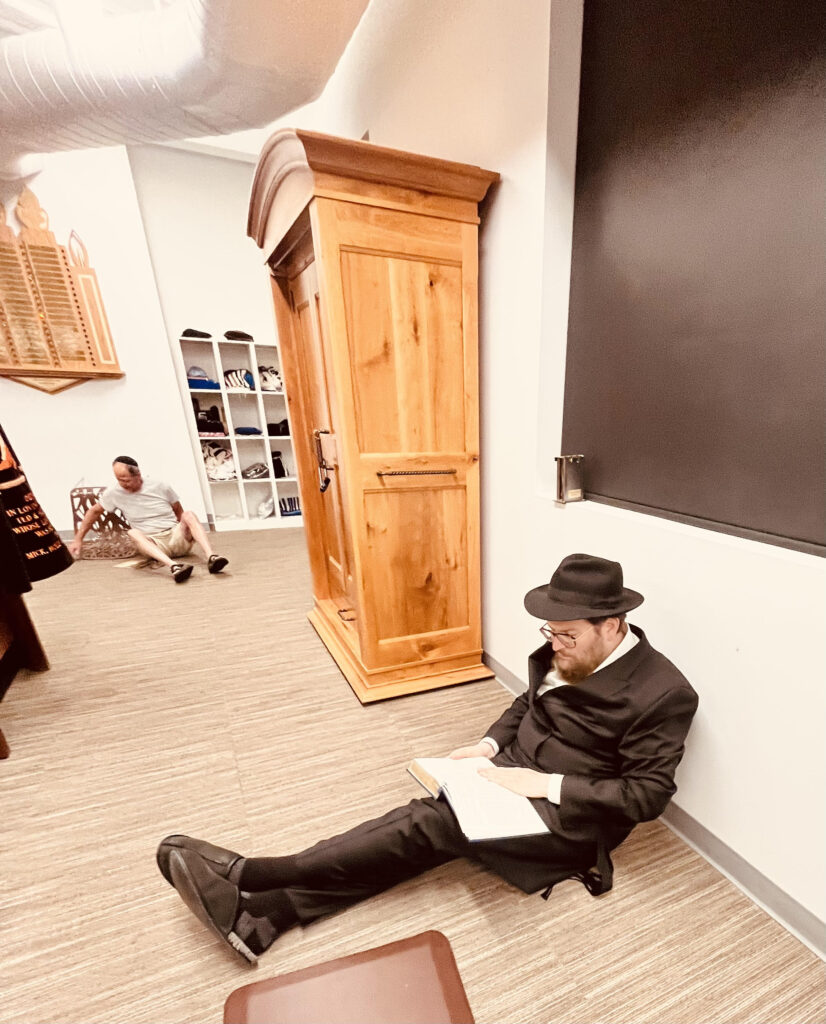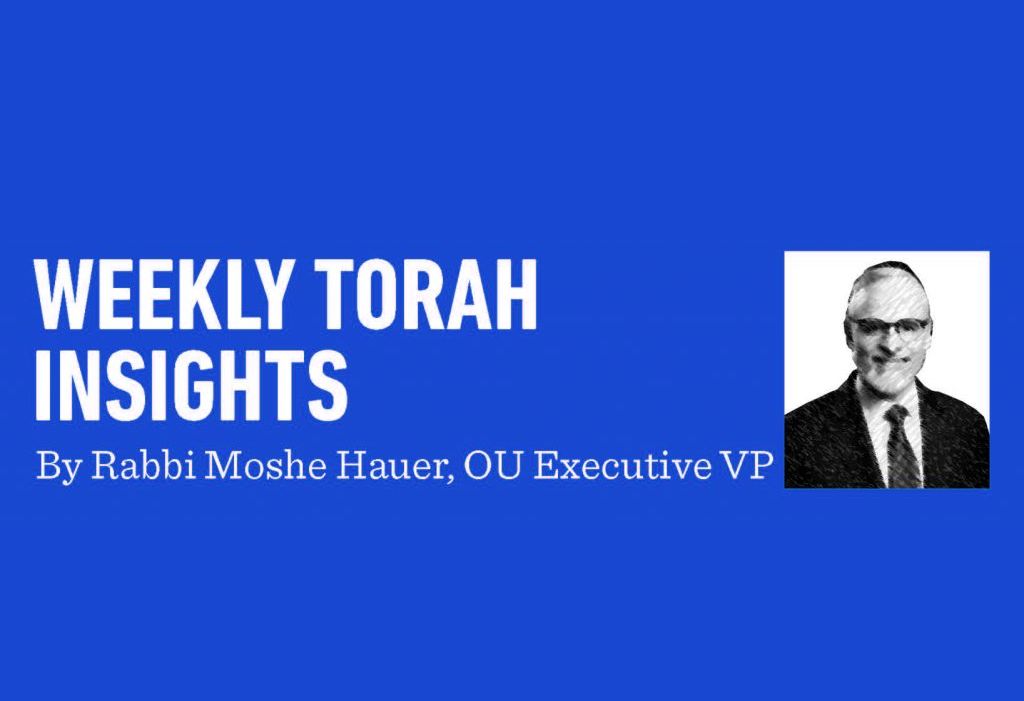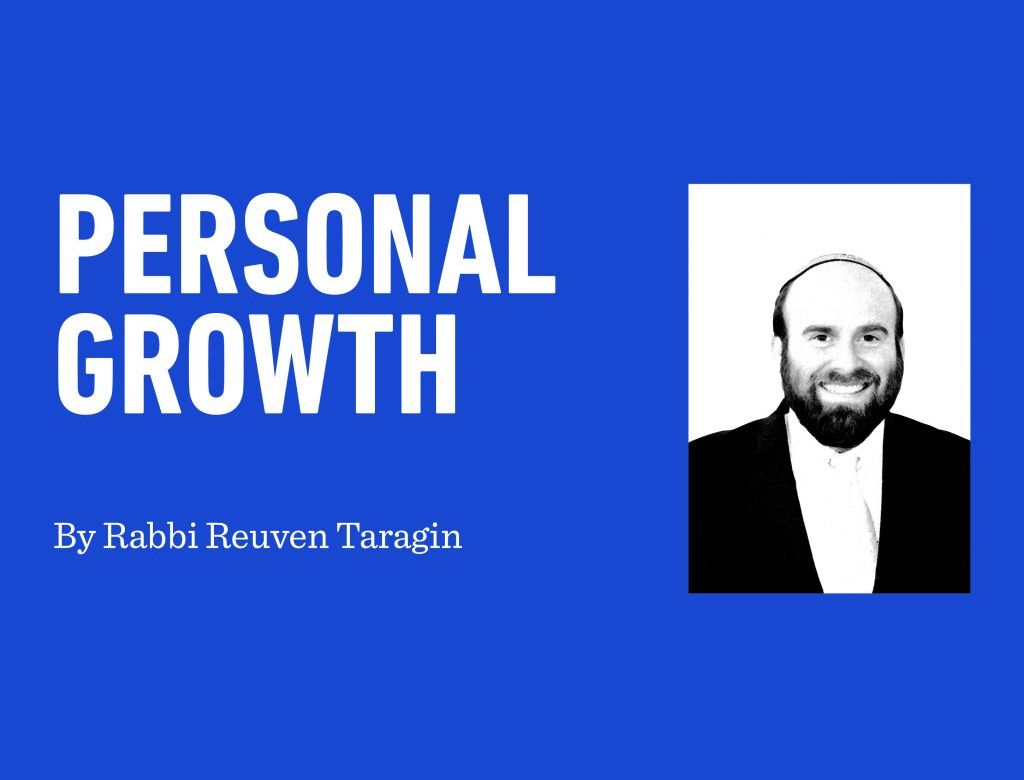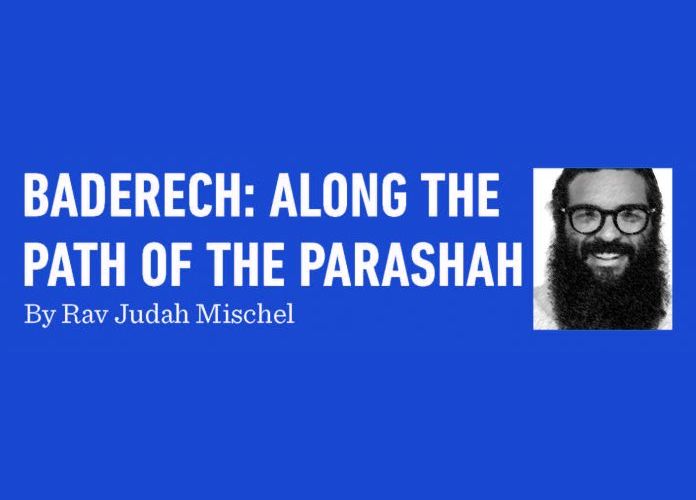The Bar Kochba Revolt
The Bar Kochba Revolt
A Ray of Hope in the Shadows of Darkness
The Bar Kochba Revolt, commanded by the mighty Jewish warrior, Shimon bar Kochba, approximately half a century after the destruction of the Second Beis HaMikdash, is a saga shrouded in mystery. In fact, the Talmud Bavli almost completely ignores the entire episode with the exception of a short passage about Bar Kochba’s messianic claims and his death at the hands of the Sages. We can presume that the Talmud Bavliintentionally omitted the details of the revolt, and instead informed us only that he claimed to be the messiah and was subsequently killed by the Sages after they determined he was a fraud. However, as I will explain in greater detail, the Talmud Yerushalmi offers a drastically different account of the Bar Kochba revolt, so much so that it appears to contradict the account reported by the Talmud Bavli.
Churban Beis Sheini
In 3282 (70 CE) the Roman war machine commanded by Titus destroyed the Beis Hamikdash and desecrated the holy city of Yerushalayim. Nearly one-hundred thousand Jews were murdered and more than a million were exiled. Although the Jewish rebel armies initially revolted against the Roman occupation of Judea, they were ultimately unable to overcome the Roman military presence in the region. The fall of Masada three years later in 73 CE marked the end of the First Revolt as historians call it, to differentiate between the second and third revolts that would follow soon after.
The Third Revolt
Emperor Hadrian’s initial policy toward the Jews of Judea was one of peace and rebuilding. This attitude reignited the belief that perhaps there was still hope for redemption. Perhaps the Beis Hamikdash would soon be rebuilt. In fact, originally Hadrian permitted the Jews to rebuild their Beis Hamikdash. With great fervor and renewed energy, Jews from all over began to support the recovery and rebuilding of Judea and Jerusalem. But for various reasons, Hadrian’s policy toward the Jews of Judea soon changed. He persecuted the Jews religiously, banning all construction in the region. This change in policy anguished and enraged the Jews of Judea, and sometime around 120 CE, Shimon bar Kochba began to organize a mass rebellion against the Romans, known as The Third Revolt. Bar Kochba chose for himself the mightiest and toughest warriors from the youth of Israel totaling more than 400,000 soldiers. He and his men strategically constructed a network of subterranean tunnels and passages, enabling them to engage in underground battles.
A series of strategic victories against the local Roman legions led the Jews and most of their rabbinic leaders, like the holy Tana Rebbi Akiva, to believe that Bar Kochba was in fact the messiah. As the Rambam (Hilchos Melachim 11:3) records, Rebbi Akiva was so convinced that Bar Kochba was the messiah that he served as his weapons bearer. To read more about Rabbi Akiva’s belief that Bar Kochba was the messiah, see the Abarbanel, Yeshuos Meshecho, ch. 4.
Bar Kochba’s uprising swiftly gained momentum as his armies swept across the Roman-occupied territories of Judea, Samaria, and the Galil. Within just one year, Bar Kochba and his militia had reconquered some 50 fortresses and nearly 1,000 cities across Eretz Yisrael. Bar Kochba seemed invincible and the Jews of Judea were convinced that their messiah would soon overthrow the Roman presence and rebuild the Beis HaMikdash.
The Talmudic Dispute Regarding Bar Kochba’s Death
There appears to be an unresolvable contradiction between the Talmud Bavli and Yerushalmi regarding the events that led to Shimon bar Kochba’s downfall. The Talmud Bavli (Sanhedrin 93b) reports quite frankly that the Sages killed Bar Kochba after they determined he wasn’t the authentic messiah. However, the Talmud Yerushalmi (Taanis 4:5) offers the following dramatic account of Bar Kochba’s downfall and the collapse of his rebellion.
The Roman Emperor Hadrian sent his chief general, Julius Severus, to Judea to suppress the Bar Kochba revolt. Julius Severus launched a series of strategic attacks on small bands of Jewish rebels in an attempt to slowly weaken Bar Kochba’s powerful army. Eventually, after a series of Romans victories, Bar Kochba and his remaining fighters retreated to the city of Beitar, where Julius Severus and his men laid siege on the city for three and a half years. It was only through the prayers of the holy sage Rabbi Elazar HaModai (an uncle of Shimon bar Kochba) that prevented the fall of Beitar.
As a last resort, Julius Severus smuggled a Kuti through the underground tunnel system into the city of Beitar and instructed him to locate the elderly Rebbi Elazar and pretend to whisper secret military intelligence into his ear. The Kuti followed orders, but was subsequently apprehended by Bar Kochba’s patrols. When questioned by Bar Kochba, the Kuti replied that Rebbi Elazar had informed him that he was plotting to make peace with the Romans. Enraged at his uncle’s proposal, Bar Kochba approached Rebbi Elazar and demanded that he reveal the exchange that took place between himself and the Kuti. Rebbi Elazar denied that any words were exchanged, and in a rage of fury, Bar Kochba kicked his uncle with his iron boots, killing the elderly rabbi instantly. Once the sacred supplications of Rebbi Elazar ceased, the city of Beitar was as vulnerable as ever. The Roman catapults destroyed the fortified barricade around Beitar and the city was captured. Tens of thousands of Jews were brutally murdered and their blood poured into the Mediterranean Sea a few kilometers away. The date on the Hebrew calendar was 9 Av.
The commentators on the Rambam (Hilchos Melachim 11:3) discuss this contradiction. Some commentators consider the possibility of reconciling the events recorded in the Talmud Bavli with those in the Talmud Yerushalmi, while others maintain that the two accounts are not reconcilable (see Ra’avad, Radbaz,Kessef Mishneh, and Merkeves HaMishneh.)
A Third Beis HaMikdash?
Several Acharonim, including Rabbi Yaakov Emden (Shailas Yaavetz, #87) and Rabbi Shmuel Strashun of Vilna (Rashash) in Pesachim (74a) reference non-rabbinic sources that report that Shimon bar Kochba rebuilt at least part of the Beis Hamikdash during his reign.
Similarly, we find a midrash which relates that until the fall of Beitar, the Jews offered the korban Pesachin Yerushalayim. At the very minimum, the Jews probably constructed a Mizbeach on which to offer the Korban Pesach (see Zevachim 62a), see Rav Aryeh Pomeranchik’s Emek Beracha, Haggadah, section 2.
A remarkable reference to a third Beis Hamikdash comes from none other than the Rambam. A careful reading of the Rambam certainly indicates so. In Hilchos Taanis (ch. 5, halacha 3) the Rambam records the five tragedies that occurred on Tishah B’Av. The Rambam records the fifth and final tragedy as follows based on the baraita in Taanis 29a:
“And on that day, prepared for calamity, Turnus Rufus, from the wicked kings of Edom, plowed up the temple (heichal) and its surroundings to establish Zion as (nothing more than) a plowed field…”
This occurred on Tishah B’Av many years after the Beis Hamikdash was destroyed. If so, what dome did Turnus Rufus plow? Evidently, some structure remained until this point. Whether it was a completely rebuilt Beis Hamikdash or perhaps a partially rebuilt one remains a mystery.
Archaeological evidence has also been discovered that supports this notion. Coins minted during the Bar Kochba era were engraved with the façade of the Beis Hamikdash. It would not be sensible that the great warrior and King Bar Kochba would issue coins to be engraved with a Beis Hamikdash if the structure was destroyed. These coins are mentioned in the Talmud, see Bava Kama 97b (and Yerushalmi, Maaser Sheini, Ch. 1).
The fact that a monumental event like the rebuilding of the Beis Hamikdash isn’t referenced explicitly anywhere in the Talmud or other rabbinic writings can be explained by the fact that the Sages certainly did not wish to glorify Shimon bar Kochba’s accomplishments, which would only encourage other messianic movements. For a more detailed discussion of the evidence of Bar Kochba’s Beis Hamikdash, see Rabbi Leibel Reznick’s, “The Mystery of Bar Kokhba” (Ch. 18-19). n
Nosson Wiggins (@jewishhistorysheimhagedolim) is the author of two books on the subject of Jewish history, “The Tannaim & Amoraim” and “The Rishonim” (Judaica Press). He researches Jewish History at the Klau Library, HUC-JIR in his hometown of Cincinnati and leads tours of Klau’s Rare Book Room. He is a passionate enthusiast of Jewish history and when he’s not in the hospital working as a nurse, he can be found researching and writing posts for his Substack, “Jewish History—Sheim Hagedolim.”
